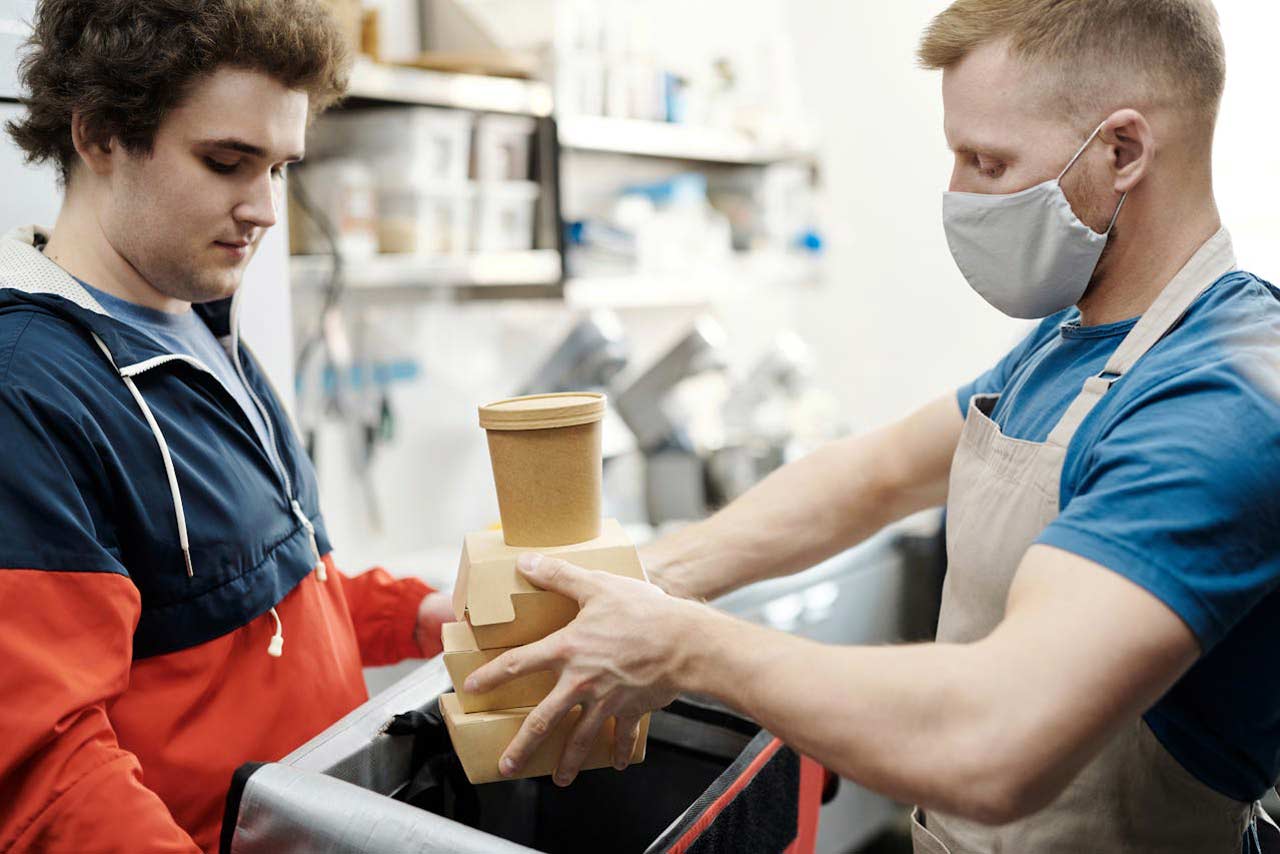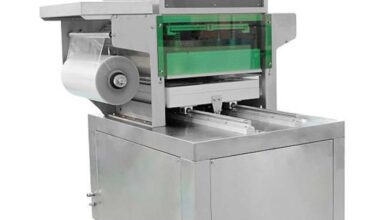 Recently, food service organizations have seen an incredible shift towards more eco-friendly practices due to consumer demands for eco-friendly options. This shift can also be found within delivery packaging – particularly where there’s an emphasis on minimizing its environmental footprint without compromising convenience for delivery drivers and receivers alike. Businesses today are adopting to-go packaging which not only meets consumer expectations but also adheres to regulatory sustainability requirements.
Recently, food service organizations have seen an incredible shift towards more eco-friendly practices due to consumer demands for eco-friendly options. This shift can also be found within delivery packaging – particularly where there’s an emphasis on minimizing its environmental footprint without compromising convenience for delivery drivers and receivers alike. Businesses today are adopting to-go packaging which not only meets consumer expectations but also adheres to regulatory sustainability requirements.
Sustainable Packaging on the Rise
Food delivery packaging relied heavily on non-biodegradable materials like Styrofoam and plastic in the past; this caused serious environmental concerns due to long-lasting waste that clogged landfills and threatened wildlife populations. With increased global awareness about environmental concerns comes more effort toward finding eco-friendly packaging alternatives.
To-go packaging has emerged as a central driver in food delivery services’ movement toward sustainability, offering environmentally conscious customers eco-friendly options that resonate with them. Businesses using biodegradable or compostable materials can significantly lower their environmental impact while meeting customer expectations for greener solutions – this trend not only addresses customers’ expectations but also creates innovative future operations of delivery operations.
Types of Sustainable Packaging Solutions
Recent technological innovations have introduced various sustainable materials designed for food delivery packaging. Biodegradable plastics derived from renewable resources like cornstarch are particularly noteworthy and break down naturally over time, decreasing dependence on fossil fuels while simultaneously decreasing landfill accumulation.
Compostable materials, including plant-based fibers and paper products, offer another promising avenue of eco-friendly packaging solutions. Once used, such innovative to-go packaging meets both environmental concerns as well as functional requirements of food delivery services to promote circular economy principles – providing sustainable yet efficient food service delivery models for delivery companies alike.
Innovation in Packaging Design
The shift towards sustainable to-go packaging has unleashed an explosion of creativity among companies, pushing materials and techniques further in pursuit of eco-friendly yet functional designs. One notable advancement includes biodegradable containers which not only preserve food freshness but decompose naturally after use thus decreasing environmental impact.
These containers are engineered to meet the rigorous demands of food delivery while meeting sustainability goals, guaranteeing meals arrive intact while adhering to minimalism trends and sustainability goals. Furthermore, businesses can take advantage of minimalist packaging designs by adopting sleek yet efficient designs that use less material while remaining durable or appealing; adopting this trend helps minimize waste generation while improving sustainability levels in operations.
Consumer Preferences and Market Trends
The surge in sustainable to-go packaging demand can be traced directly back to changing consumer tastes and market dynamics. Studies show a significant shift in behavior with more individuals prioritizing products that demonstrate environmental responsibility – this change likely stems from greater awareness about environmental issues as well as supporting brands that align with personal values; businesses across food delivery are responding by adding sustainable packaging options into their offerings.
By adhering to consumer expectations and differentiating themselves in an otherwise competitive market, companies not only meet expectations but also differentiate themselves, drawing eco-conscious customers who invest in products reflecting their values and increasing brand loyalty. Consumer-led movements toward sustainability are revolutionizing packaging design while driving positive changes within industries worldwide.
Regulatory Landscape and Compliance
With the increased adoption of sustainable to-go packaging comes an accompanying need to adhere to regulatory standards. Governments and industry bodies worldwide have responded by creating guidelines regulating packaging materials used for to-go services that prioritize both environmental protection and customer safety considerations.
Food and Drug Administration (FDA), for instance, enforces stringent safety standards on materials that come into contact with food to safeguard consumer health. Adherence to FDA’s regulations is especially essential when operating food delivery services that aim to implement sustainable packaging solutions without compromising either on safety or quality.
Navigating the regulatory environment requires businesses to remain aware of ever-evolving standards and adapt their packaging practices accordingly. This involves both fulfilling current compliance requirements as well as anticipating potential regulatory changes that might alter packaging materials or processes; by taking steps now to address regulatory concerns they can minimize legal risk while upholding environmental stewardship commitments.
Conclusion
The food delivery industry’s commitment to environmentally friendly practices reflected by sustainable to-go packaging is evidenced in an evolution towards eco-friendly materials and design solutions in packaging products for delivery services. Businesses using eco-friendly materials will meet consumer expectations for sustainable practices while meeting regulatory compliance. Moving forward, the focus should remain on technological innovations as well as collaboration across supply chains to further boost the sustainability of food delivery packaging solutions.







